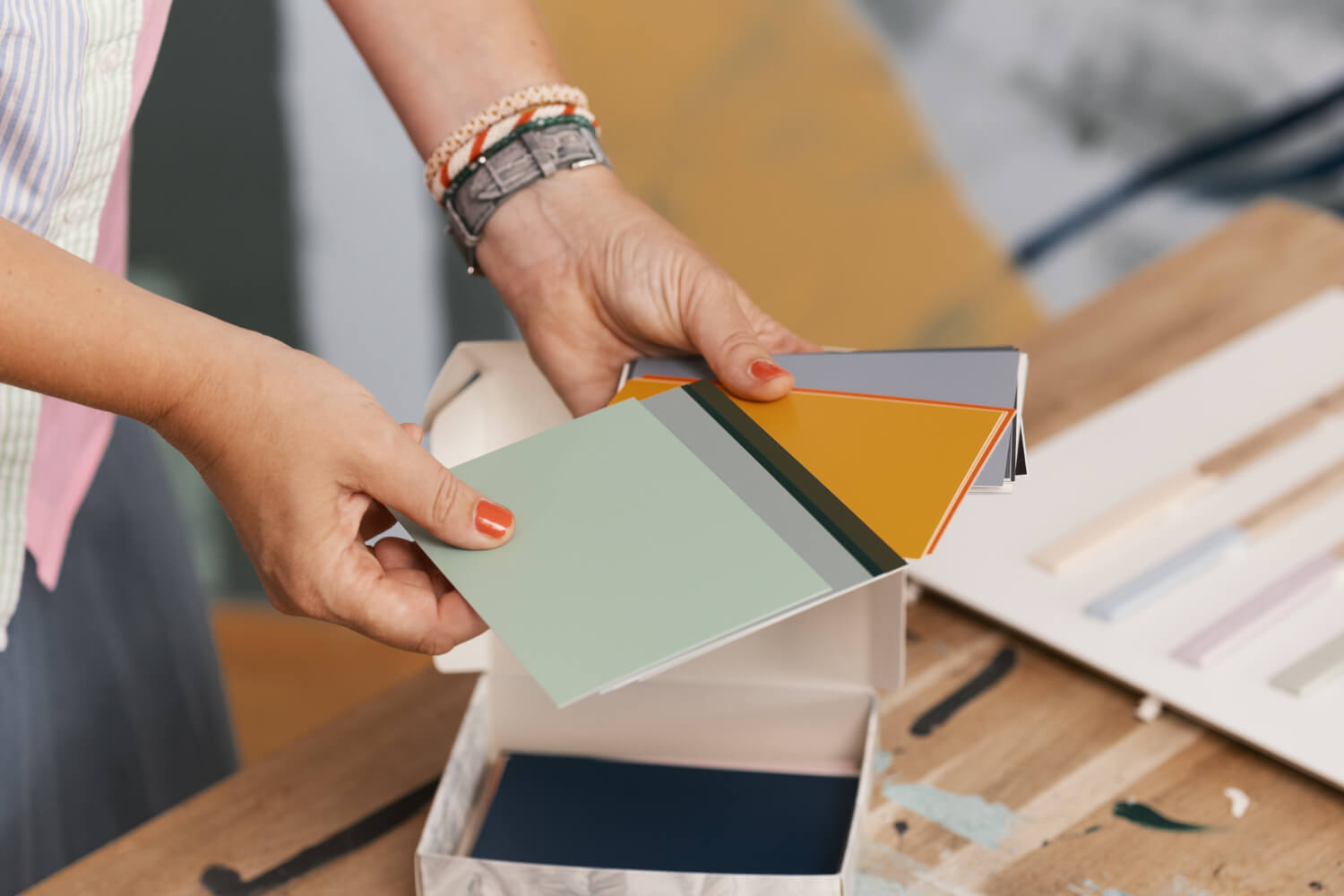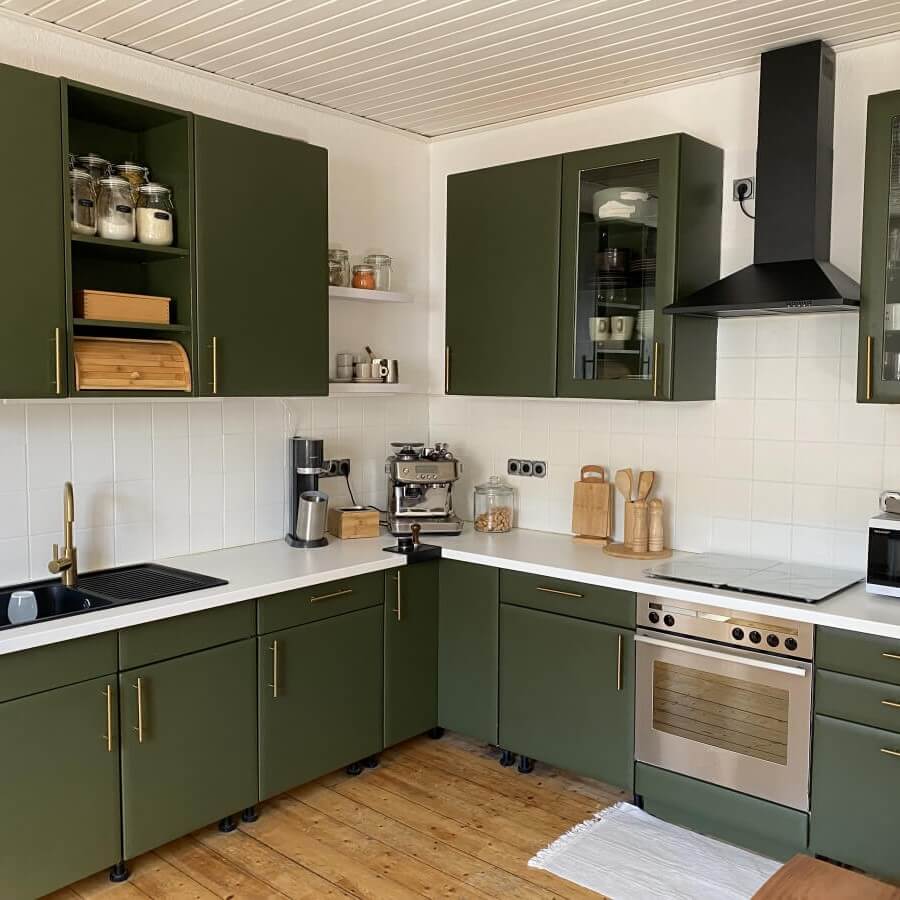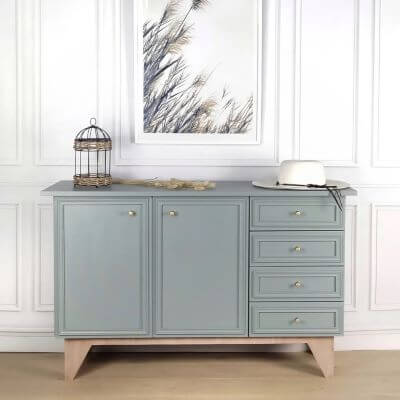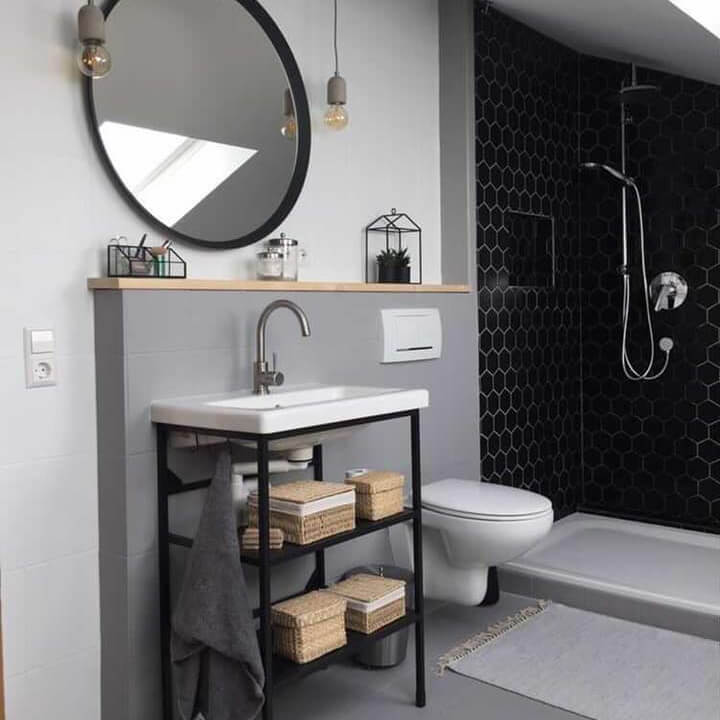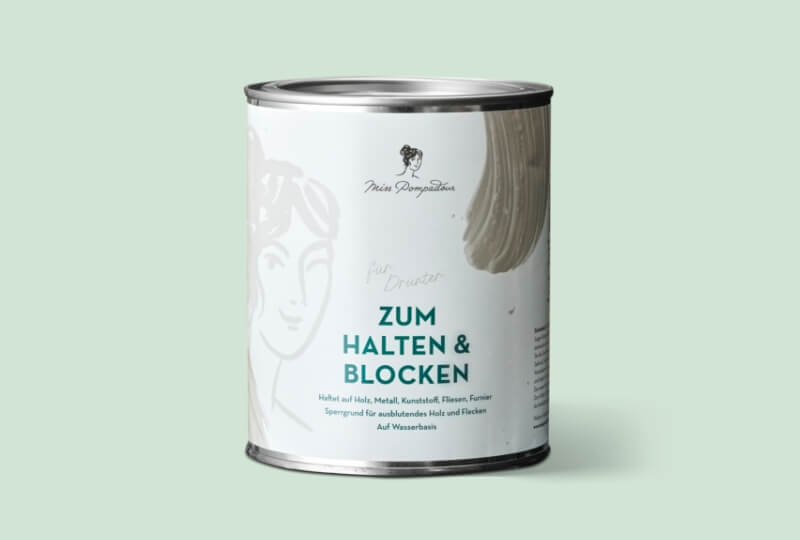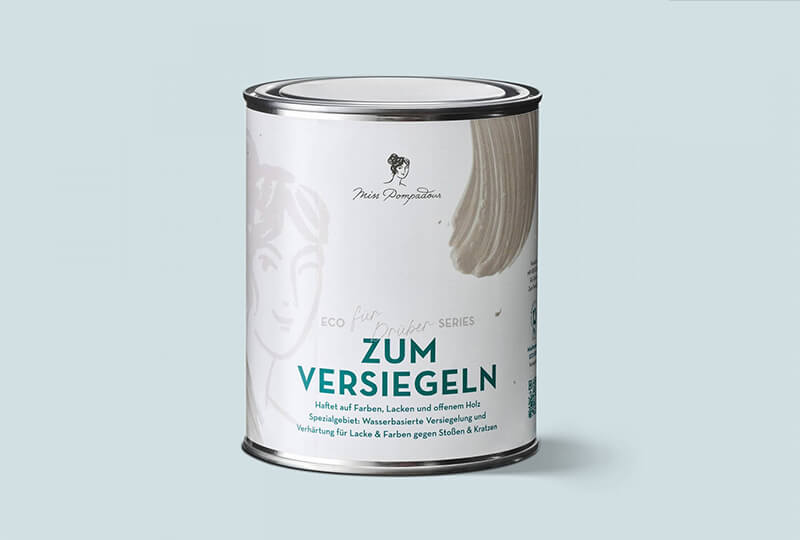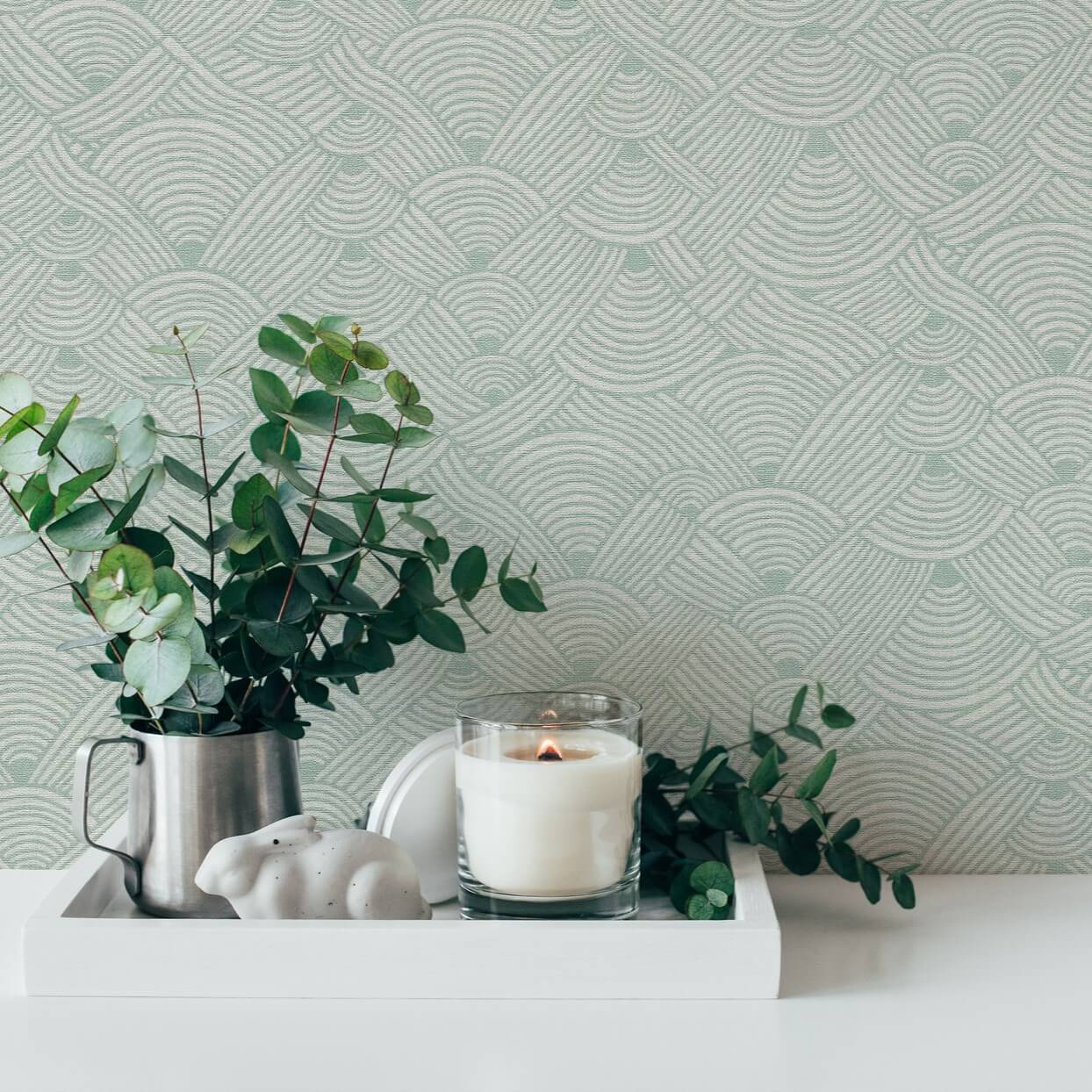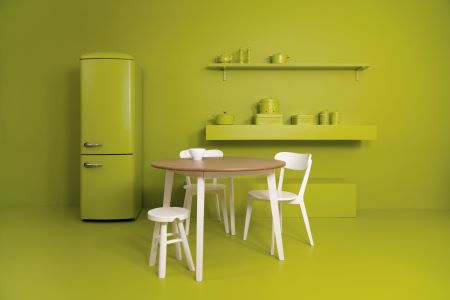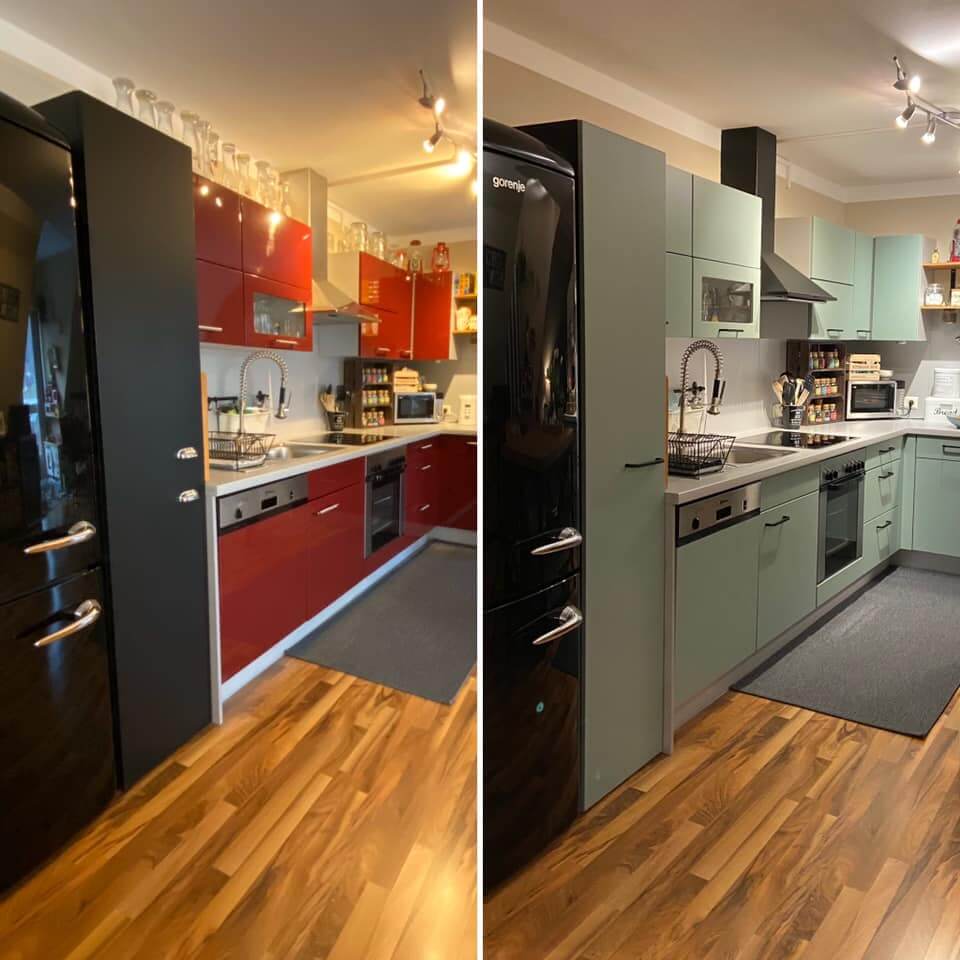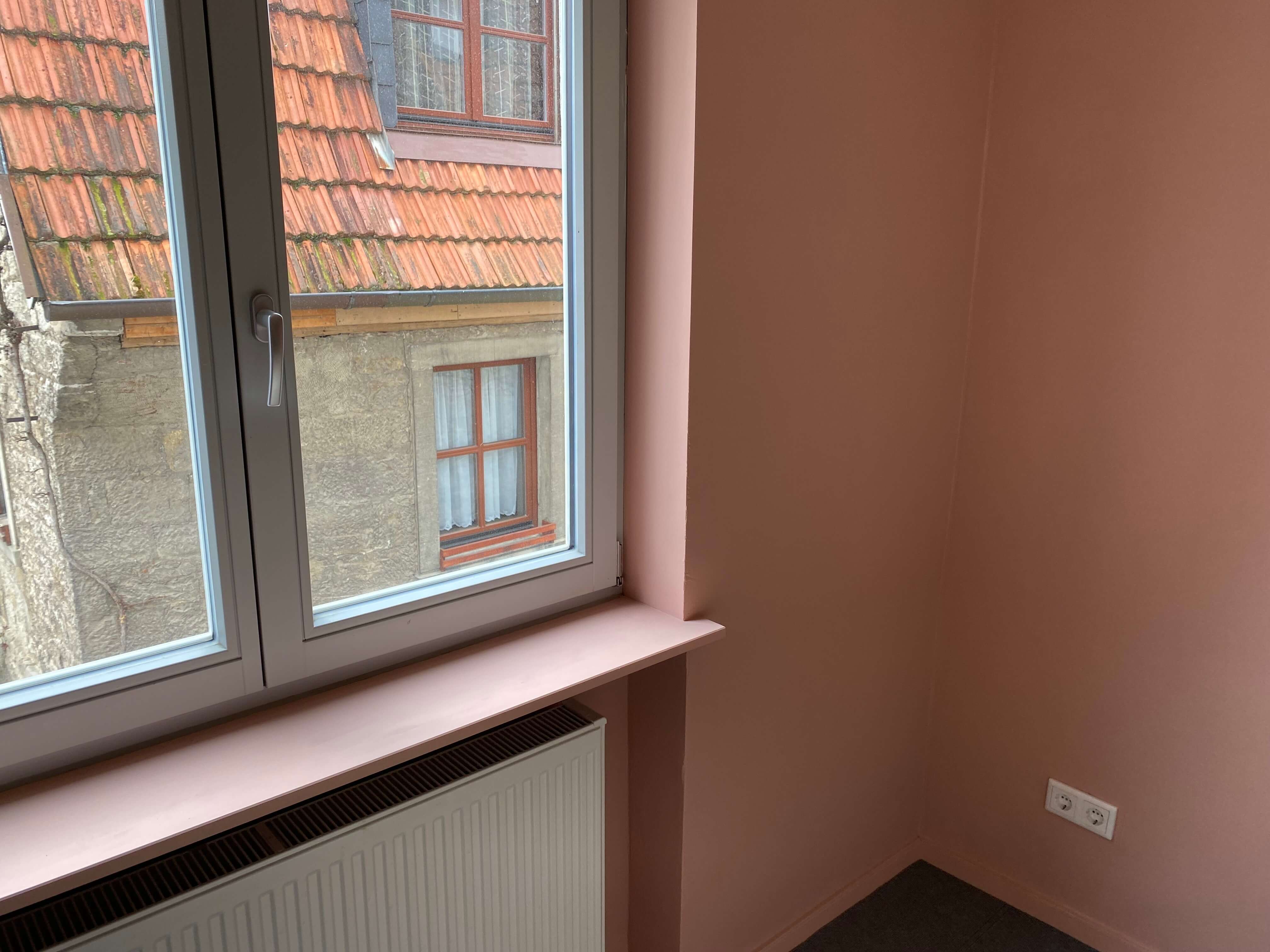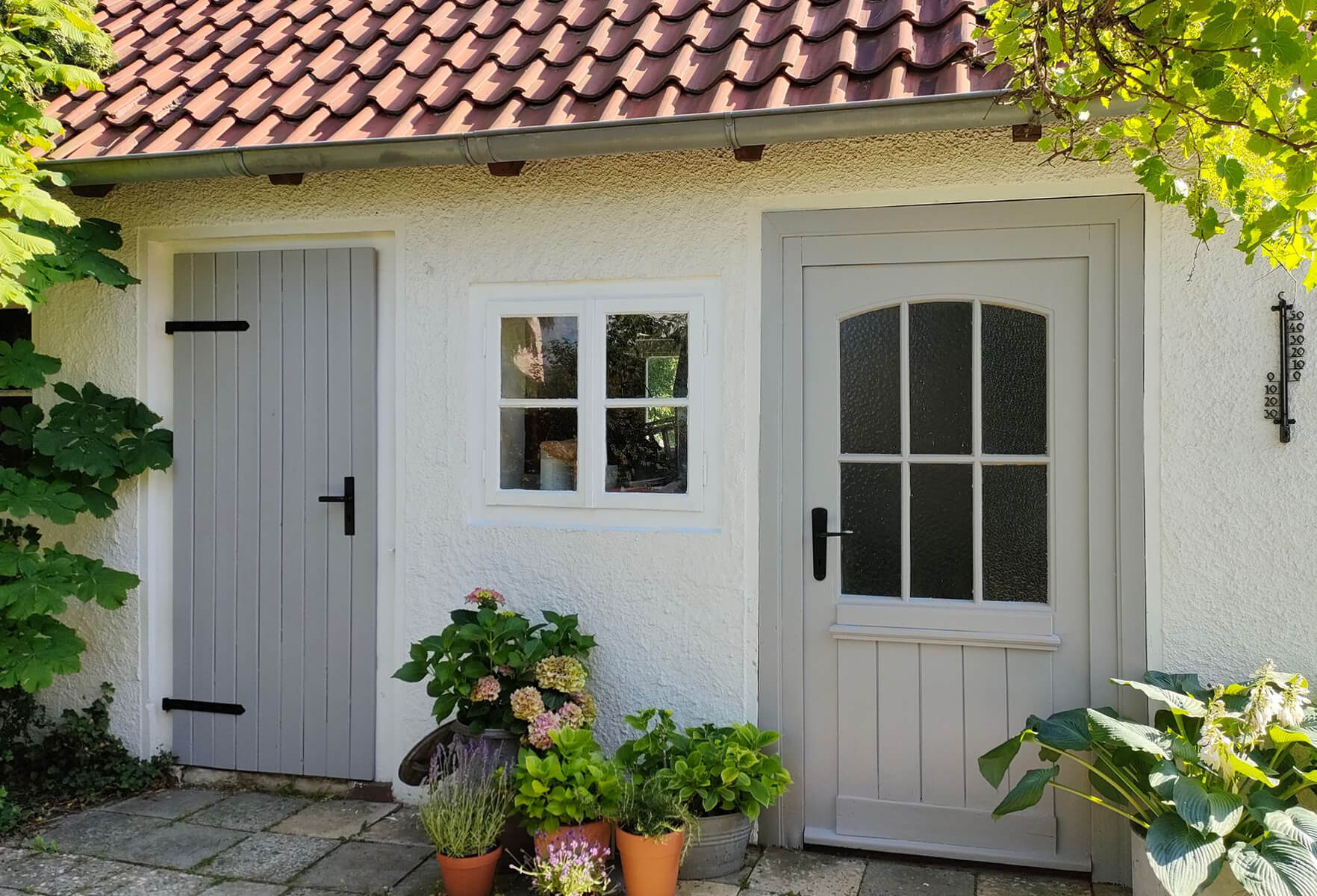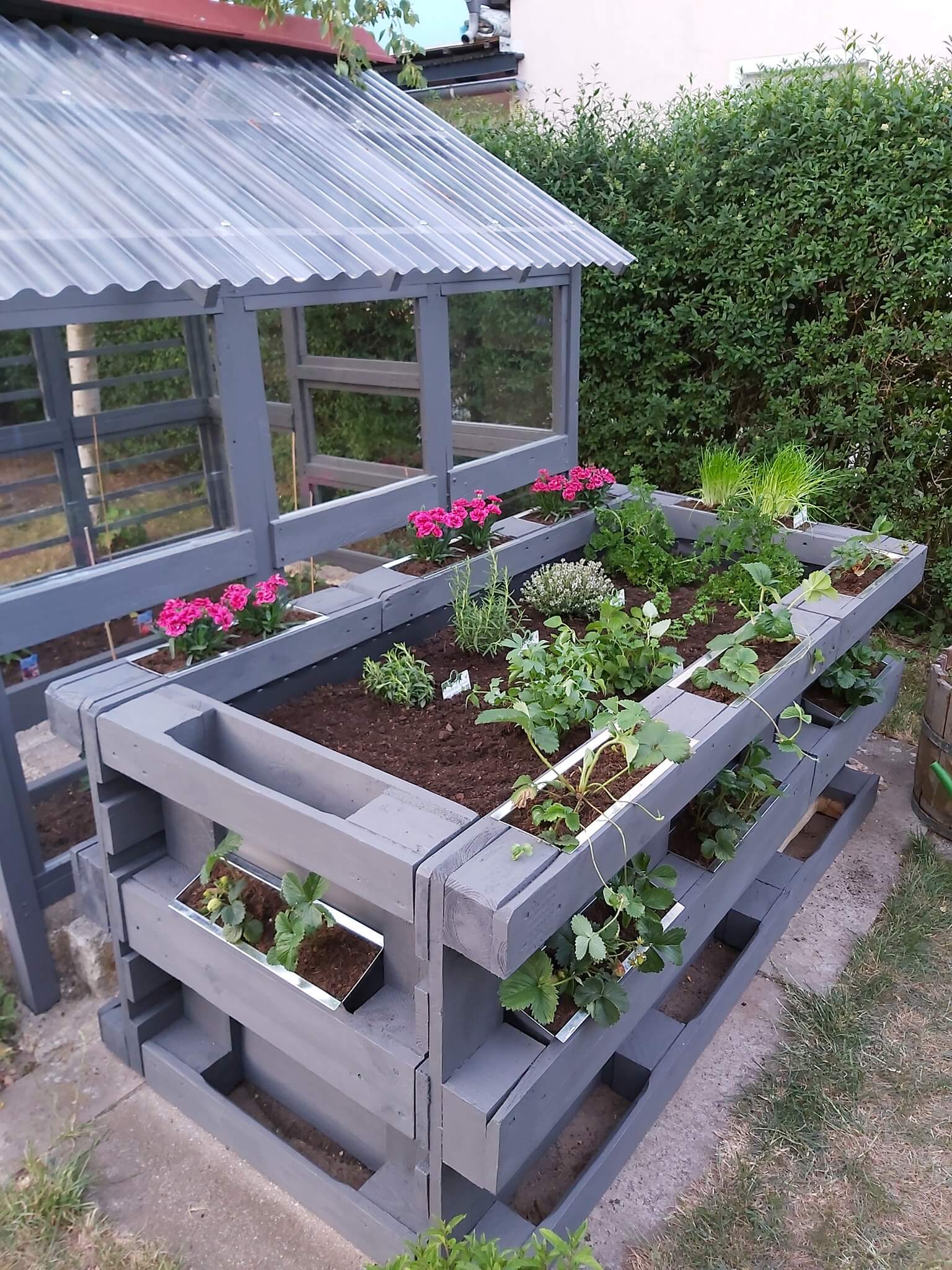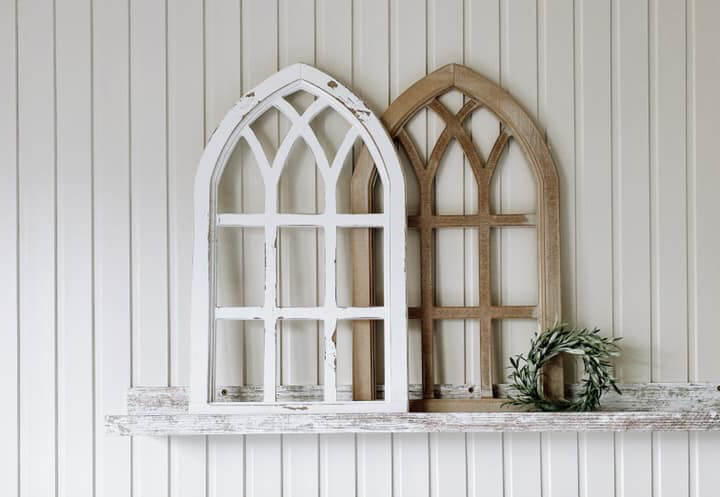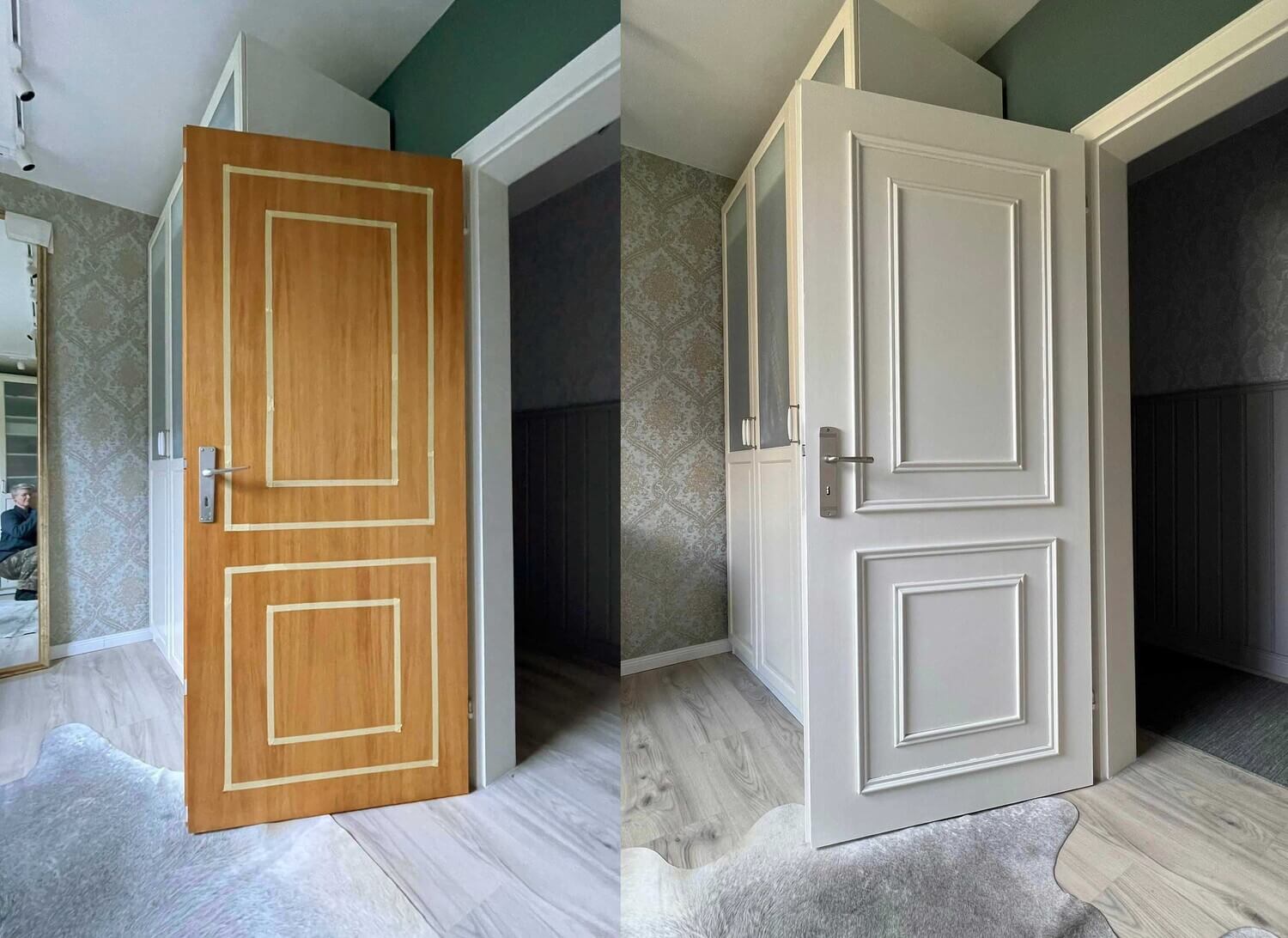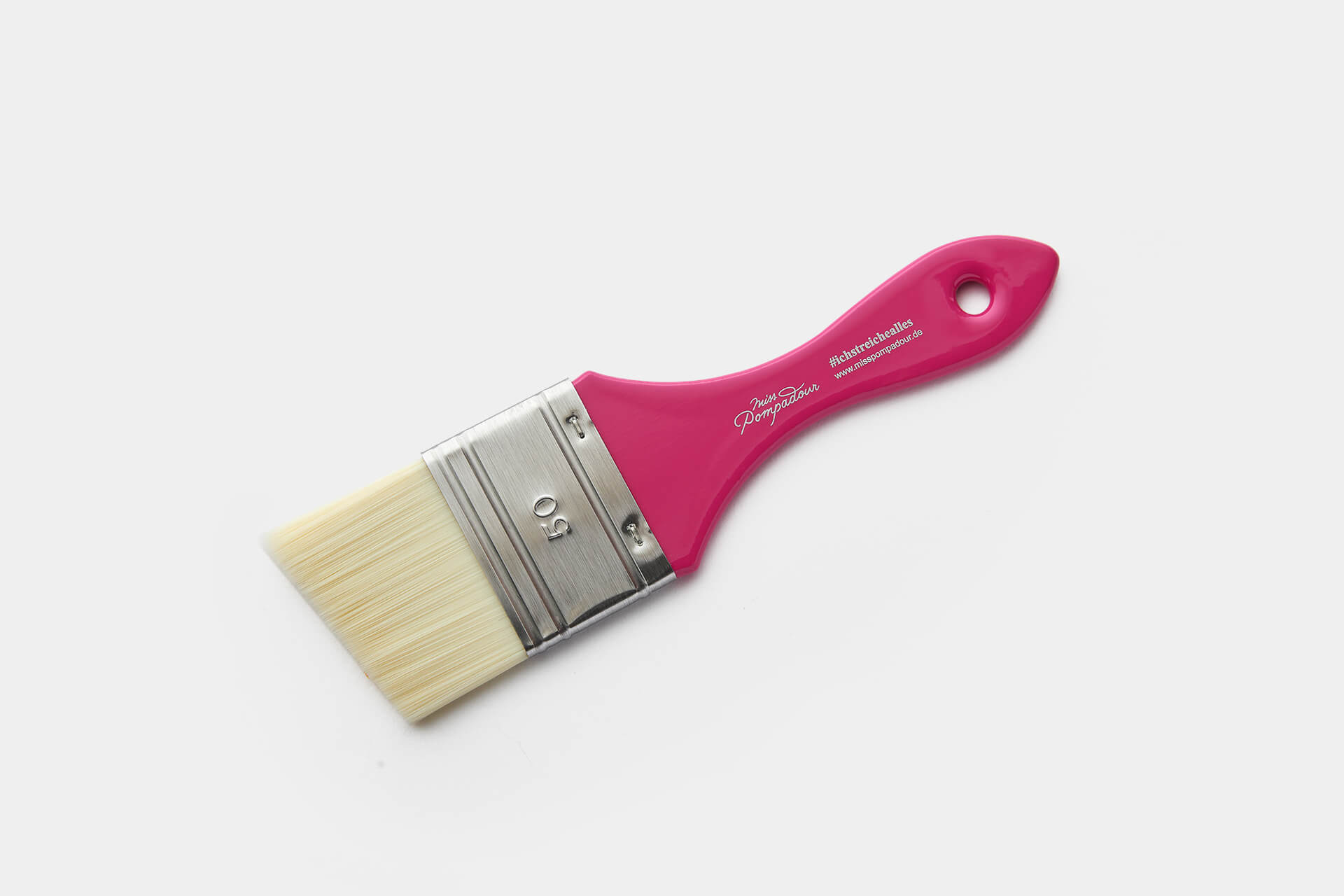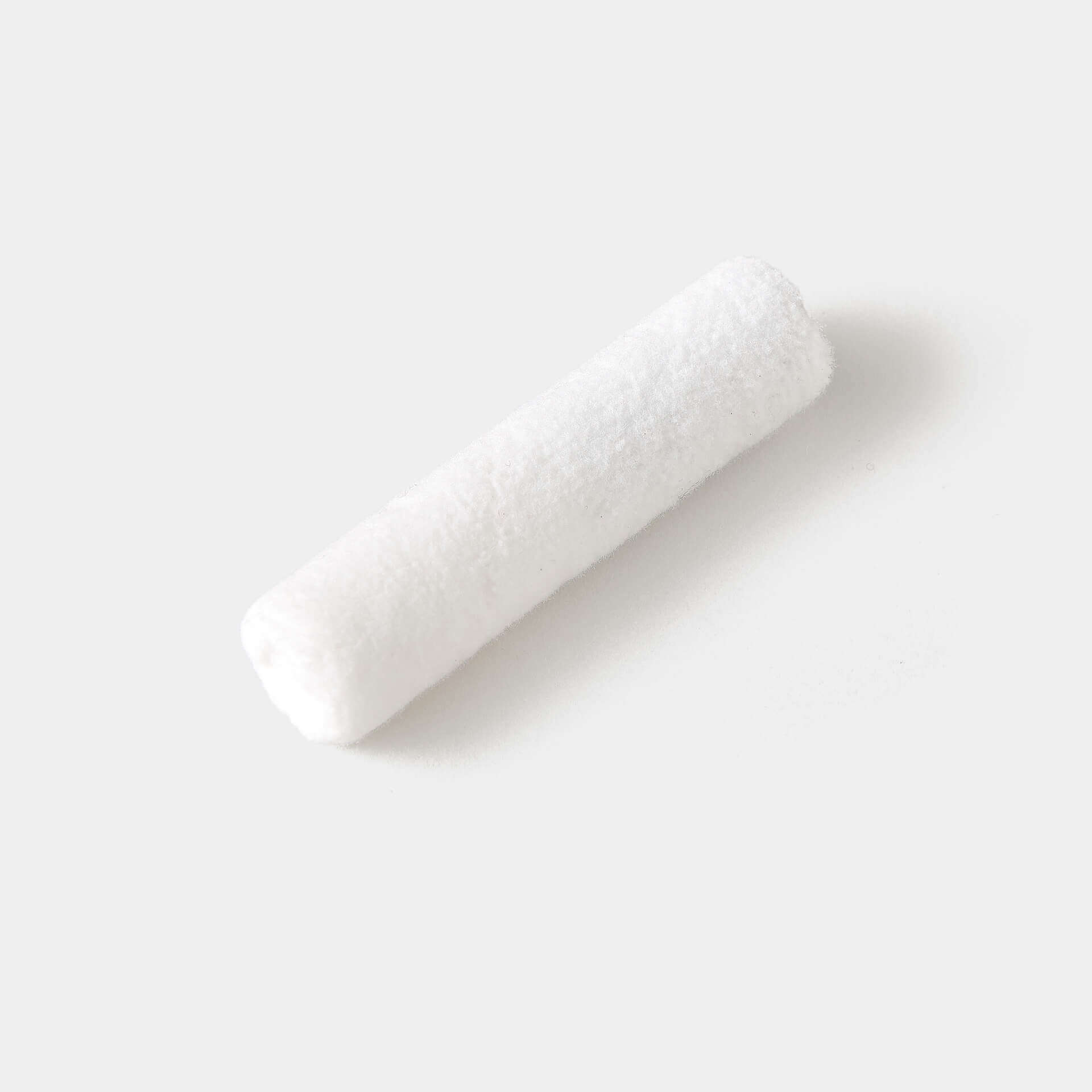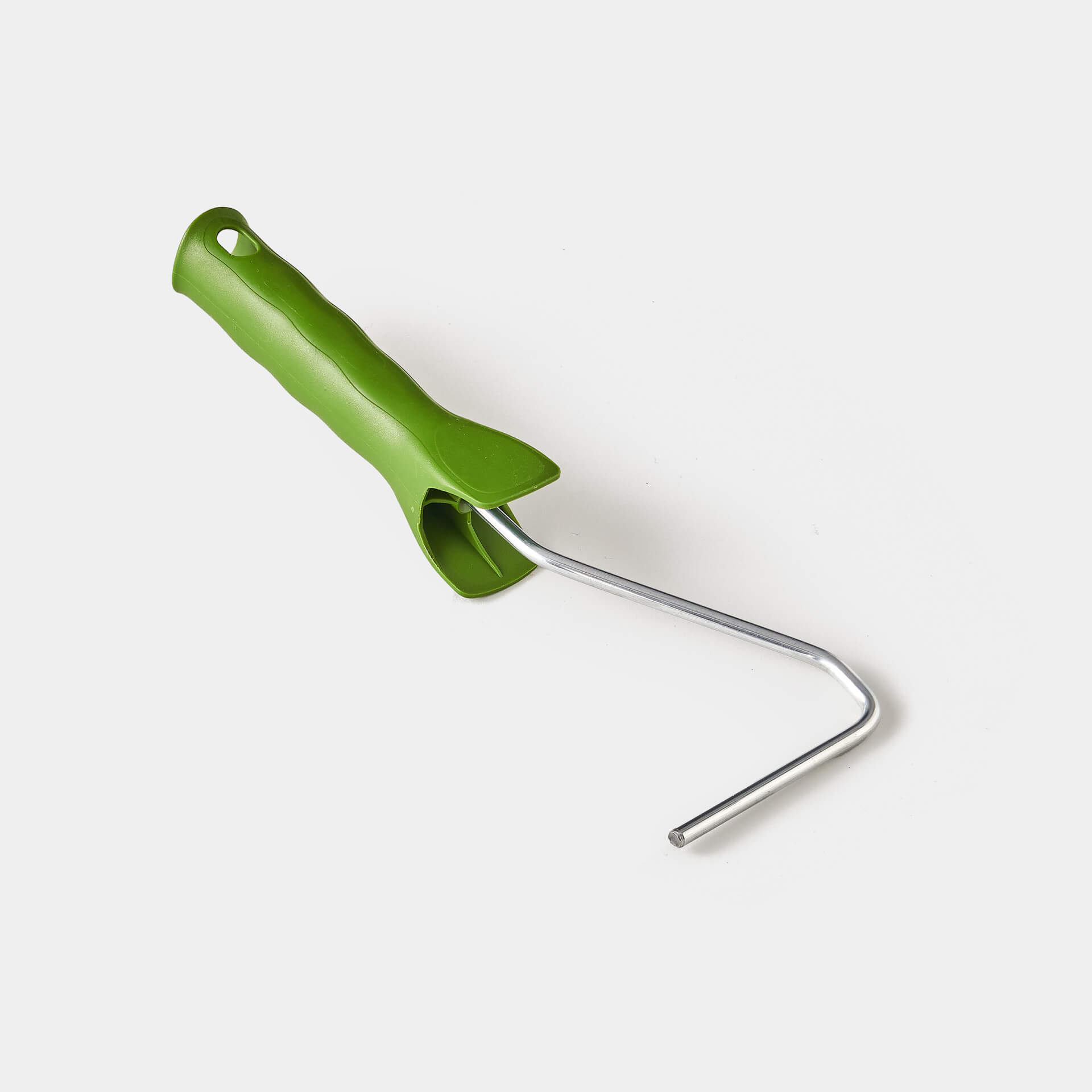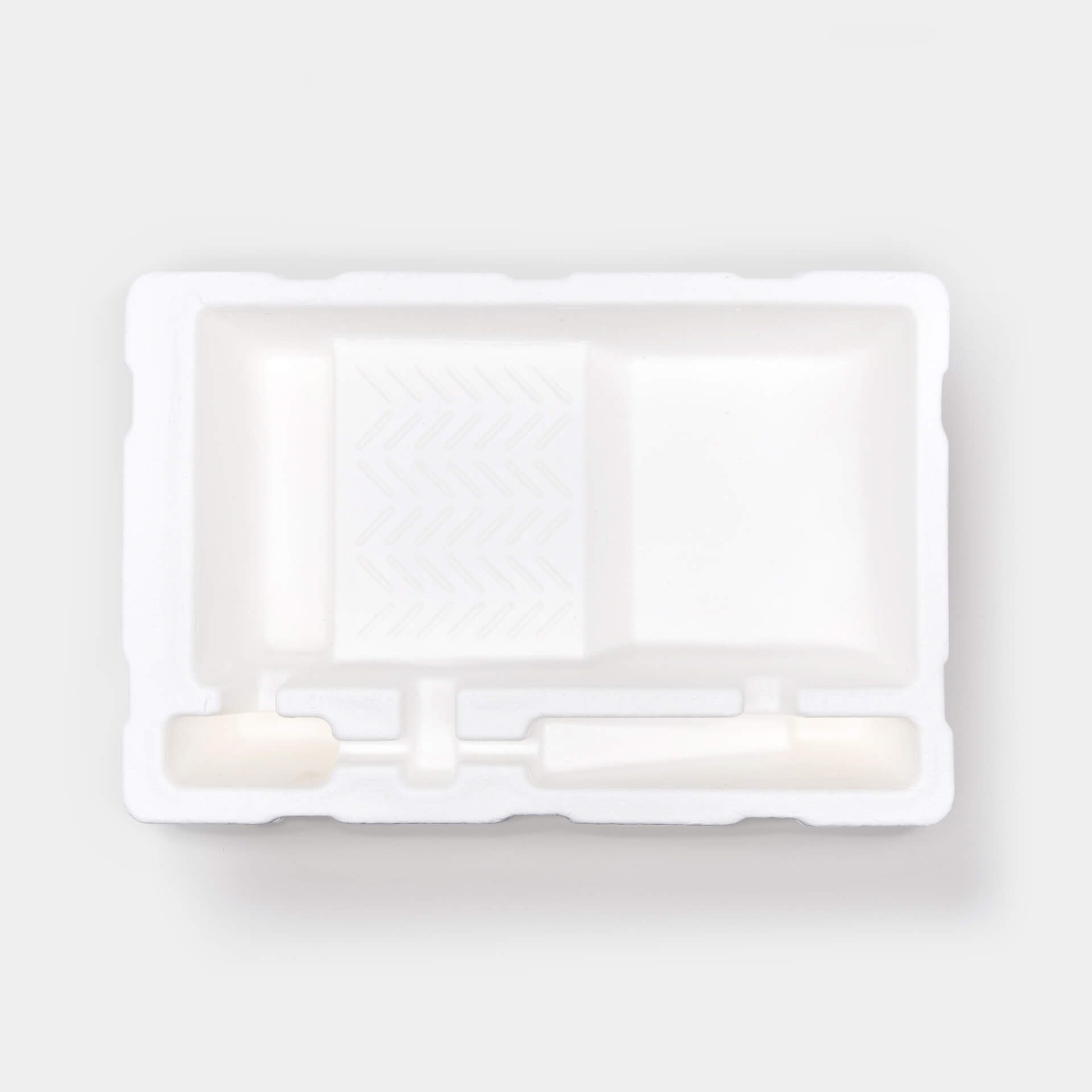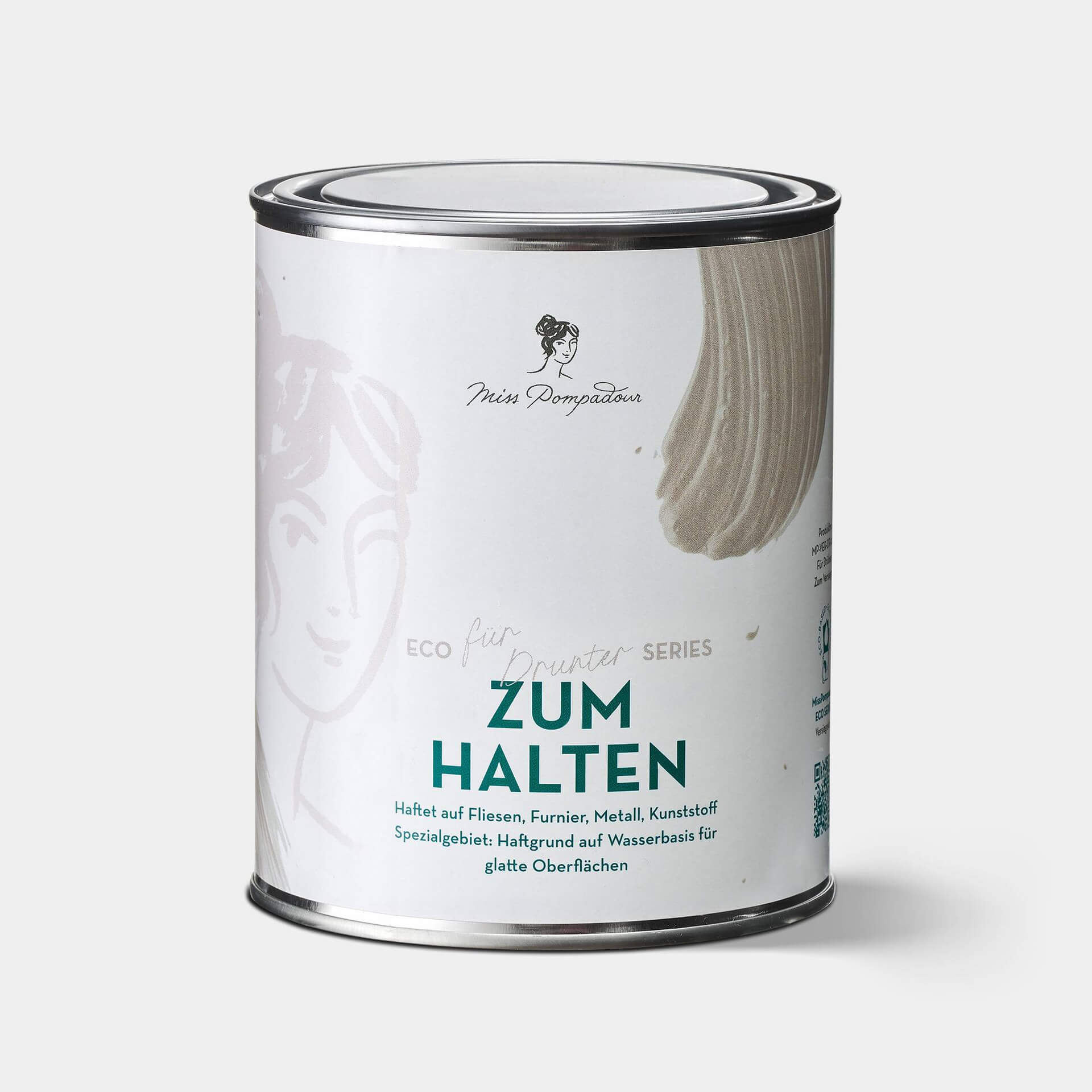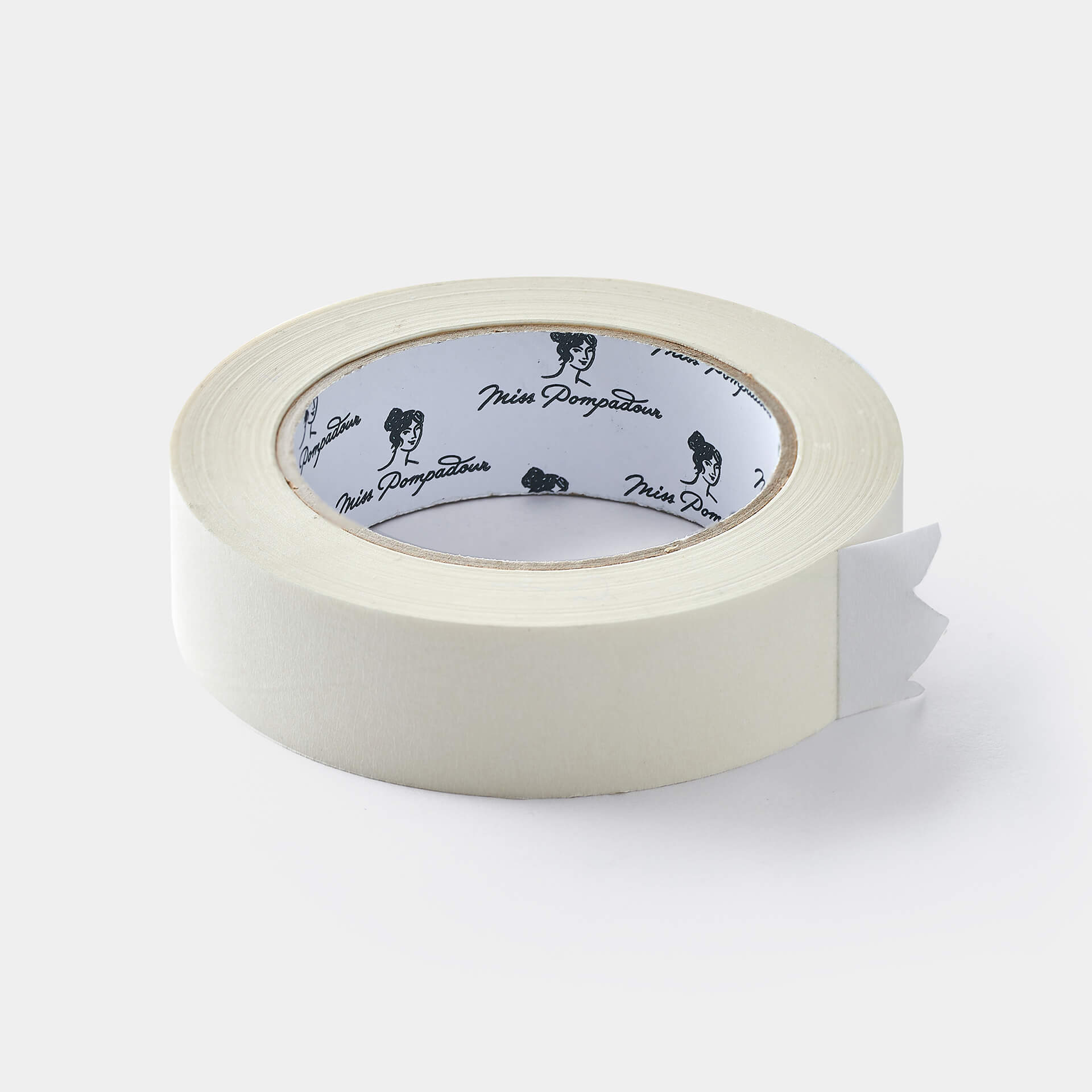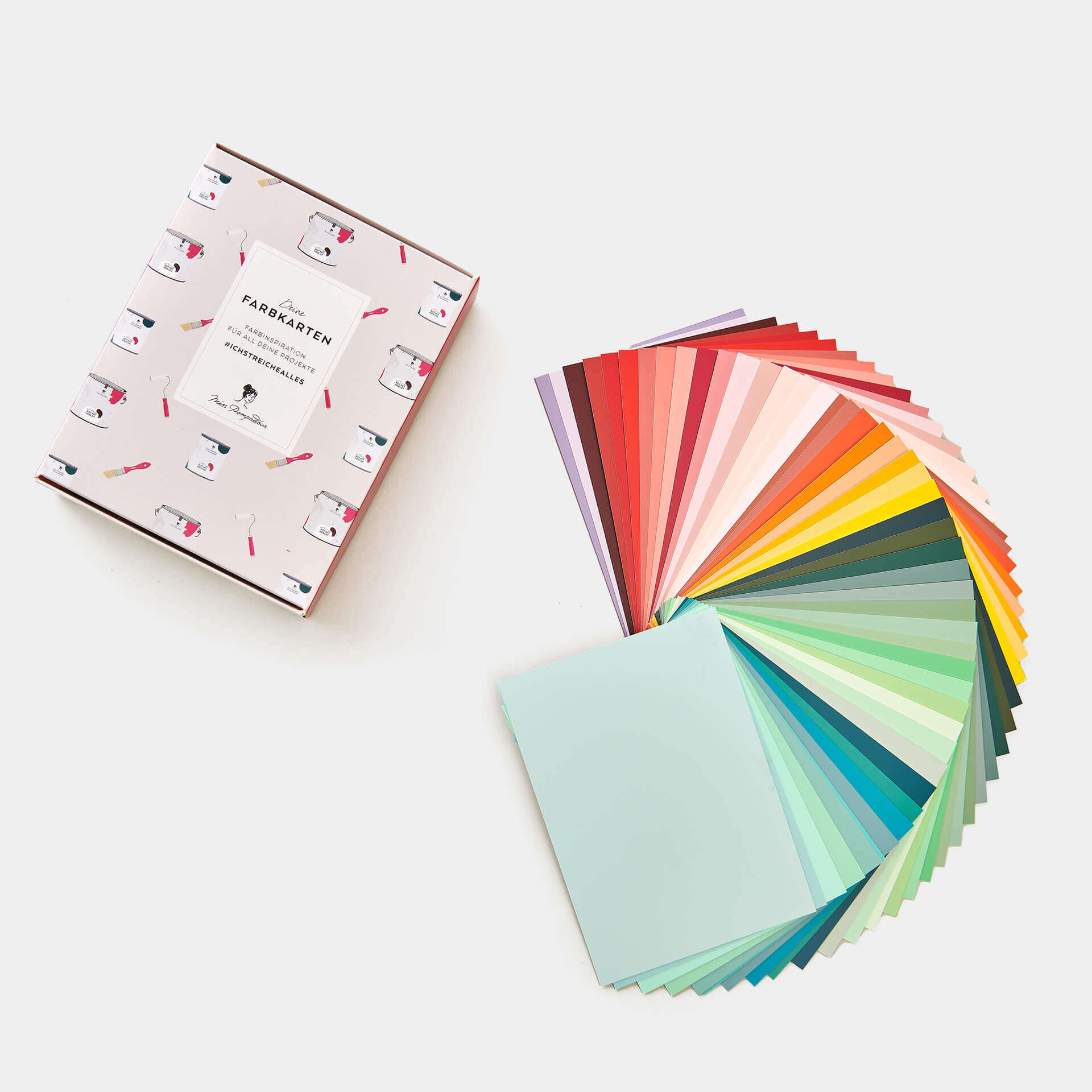Painting Plastic Surfaces
4 min reading time
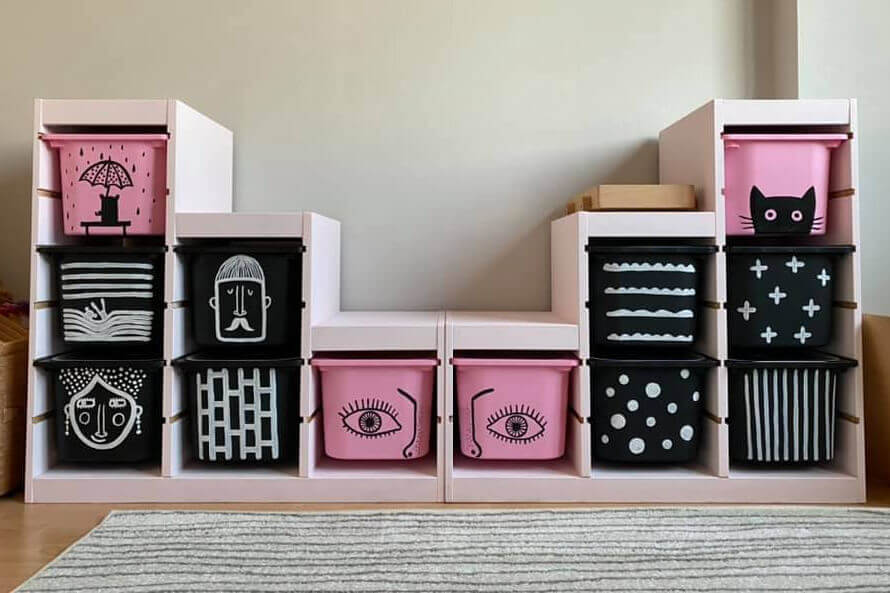
Many things around us nowadays are made of plastics. Whether it's your laminated kitchen, furniture from the big Swedes or decorative items. When it's time for a new colour and you want to paint your plastic veneer, you ask yourself: Can I paint plastic at all? We say yes! Use it as a cost-effective and sustainable alternative to buying new. In this article we explain what you need to bear in mind when painting all plastic surfaces.
Painting techniques for plastic
When we talk about plastic, we always think of smooth surfaces first. They absorb paint differently than rough surfaces such as wood. Therefore, they require a slightly different painting technique than uneven areas. You can achieve different results with different techniques.
The advantage of painting plastic furniture is that you do not need to sand it. On the contrary, sanding, regardless of the grain size, releases substances that can negatively influence the subsequent adhesion of the varnish. Paint your plastic surfaces with MissPompadour Eggshell Varnish without any problems, because this alkyd varnish perfectly withstands stress.
With our Matt Varnish acrylic lacquer, you also have the option of painting your plastic without a primer. Especially on surfaces that are hardly exposed to stress, such as doors or window frames, you can usually do without a sealant. Therefore, we will only concentrate on painting with varnish in the painting techniques. You can find our step-by-step instructions below.
If you want to paint plastic to make it weatherproof, we also have instructions for you. We show you how to paint your plastic front door and window frames or your plastic garden furniture, for example.
Painting plastic with a brush
If you are painting small areas, corners or small parts, use a paintbrush. For example, if you want to paint your plastic window frames, we recommend a narrow to medium brush, with which you can reach the corners as well as paint the long surfaces. Especially our To Paint - Brush with 25mm is perfect for such projects. For a streak-free result, however, you can also use our wider brushes, as their bristles are also made of synthetic material, which makes them ideal for our water-based varnishes.
Painting plastic with a sponge
If you are a fan of textures and patternsand prefer them to a smooth result, use a sponge for your painting. Transfer the varnish into a paint tray, dab it onto the sponge and apply it to the surface with more dabs. Be careful not to go over the same area more than 2 times, otherwise the paint will come off. Repeat this process 2-3 times as needed, as our varnishes need these layers of varnish to become sufficiently durable. Let the varnish dry between coats.
You can also easily apply patterns with the sponge. Simply use 2 or more colours, following the same procedure as described above. To finish with an even surface, take a fine grit sandpaper and carefully sand your varnish layers smooth.
Tips for extra accessories when painting
Of course, you can also paint plastic with a roller. Use a short-pile varnish roller to achieve the smoothest possible result. You can find out how to do this in detail in our instructions. This technique is especially useful if you want to paintlarge surfaces, such as your plastic kitchen fronts. Have a paint tray and a damp cloth at hand. You can always fill the paint tray with as much varnish as you need and use the cloth to wipe up any spills. Cover the area underneath your painting object with a plastic drop cloth or foil so that you can let off steam while painting. However, as our varnishes and paints do not splatter, this is really only for emergencies.
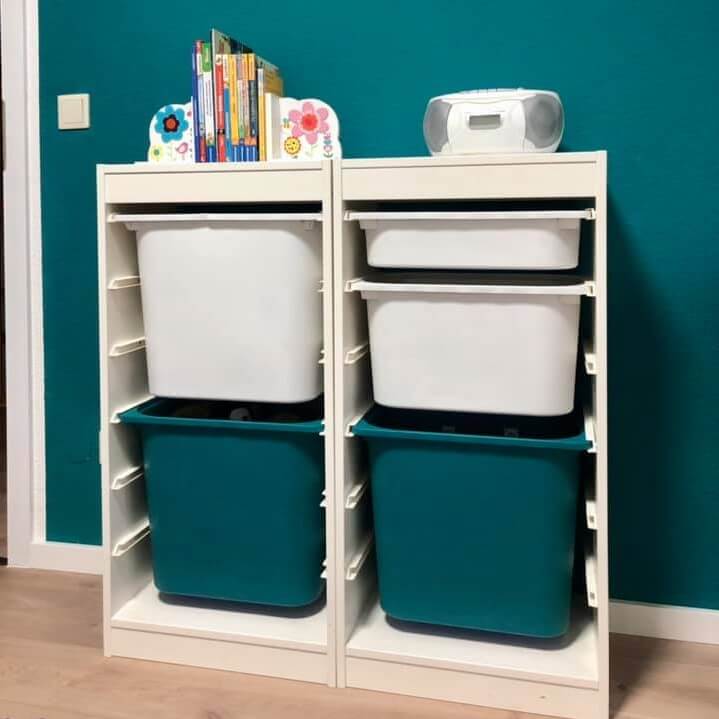
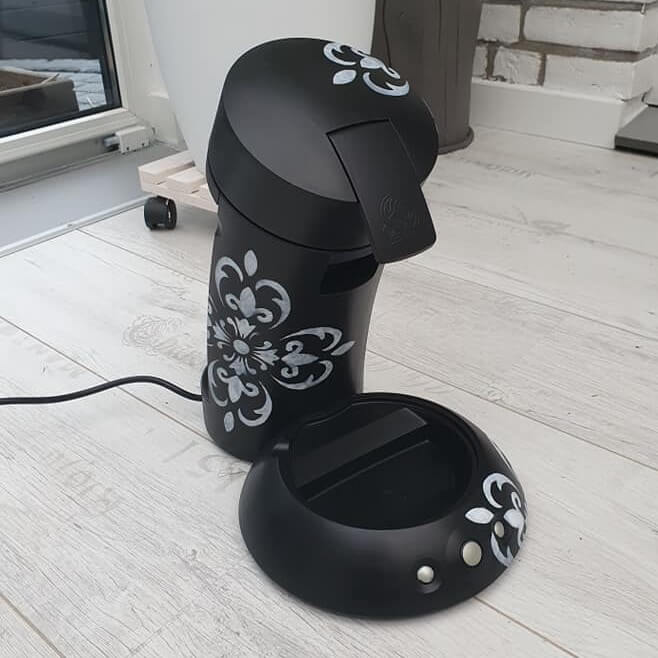
Step-by-Step: How to paint plastic properly
Many people shy away from painting their plastic surfaces for a variety of reasons. We at MissPompadour say it' s easy. So take the plunge! For example, varnish your plastic kitchen fronts or paint your plastic worktop to give your kitchen a fresh new look. We explain what you have to pay attention to when painting your plastic veneered furniture in our instructions.
Step 1: Preparation
In the first step, use a plastic cleaner to remove dust and dirt from your surface. It is important that the cleaner is grease-dissolving and does not leave a protective layer, otherwise the adhesion of the varnishess may suffer. Just use our To Clean, because you can use it both before and after painting.
Step 2: Primer
Since plastic surfaces are naturally smooth, we recommend a primer as the first coat to improve the durability of the varnish. Apply To Bond, which acts as a bonding agent between the plastic and the varnish. After a drying time of about 6 hours, you can start painting.
If the object to be painted is not exposed to much stress, you can do without the primer.
Step 3: Varnish
Now the first layer of varnish is applied. The application can be done with a varnish roller for larger areas or with a brush for smaller areas. Paint quickly and in long strokes. This ensures an even coat and successful transitions. This technique is especially useful when painting plastic panels. Allow the first coat to dry for about 4 - 6 hours, then paint over it again and repeat the process as necessary. 6 hours after the last coat, the varnish is dry to the touch. After about 14 days, the surfaces are fully loadable again.
Professional tip: Water-based varnishes continue to harden for a long time, even when they are already dry to the touch. Therefore, it is best to wait 4 weeks before placing a heavy load on the painted surface.
Step 4: Sealing
If you've painted heavy-duty surfaces, seal them for extra durability. This applies to the chest of drawers in the hallway, your worktop and anything else that you know you will use intensively. If you want to paint plastic outdoors, remember that sealing is not possible there. It is therefore best to always place the garden table and your plastic garden chairs underneath to protect them from heavy moisture.
How to clean your freshly painted plastic surfaces
You have already read about our To Clean in the instructions. It is a cleaning agent that is perfect for cleaning your plastic surfaces before painting. On the other hand, you can also use it without hesitation to keep painted surfacesclean afterwards. It does not attack the varnish, but is still thorough and powerful. Be sure to give the varnish time to dry and harden before cleaning the surface. Use a cotton cloth or something else with a soft texture. We do not recommend using microfibre cloths or hard sponges, as these attack the varnish and slowly sand it down.
Video tips: Painting & spraying plastics
Watch our video for tips and tricks on how to paint your plastics properly.
FAQ: Painting plastic
Many people assume that painting plastic is a challenge. However, you will soon realise that you can paint it just as easily as anything else. If not even easier!
What challenges can arise when painting plastic?
Plastics are usually very smooth, which can make it difficult for varnishesn to adhere. It is therefore worth priming with primer to further increase the stability of the durability. Since plastics often contain plasticisers, adhesion problems can also occur, especially on laminate floors. If you are unsure, first paint a test area on an inconspicuous spot to check the durability.
What is the best way to paint PVC and polycarbonate?
If you want to paint PVC floors, test the varnish on an inconspicuous area to see if it will adhere to your surface. The ingredients in PVC can possibly influence the durability of the varnish. With polycarbonate, we also recommend an initial test coat. If the varnish behaves normally, you can paint completely.
How long does it take to dry the varnish on plastic?
As a general rule, we recommend that the painted surface should not be fully loaded again until after 14 days. This applies especially to heavily used surfaces such as floors, or if you are painting the seats of plastic chairs. This is particularly important with plastic, as the surfaces are usually very smooth and you should wait for the varnish to cure completely.
Already finished reading?
Here you will find more exciting topics
For your perfect project
Content: 91 piece (€0.14* / 1 piece)

